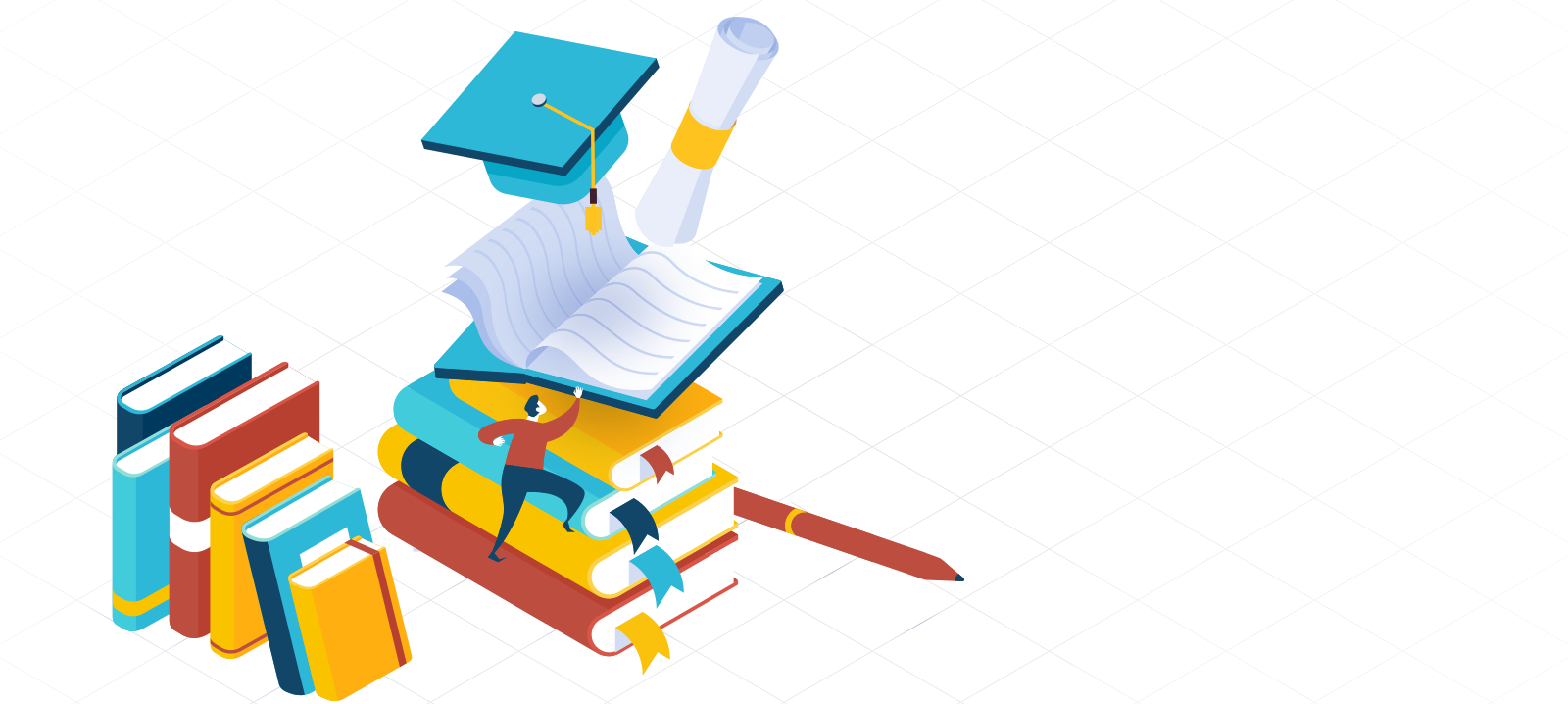How to Draw a Balanced Diet: A Creative Guide to Health and Nutrition
Creating a balanced diet is akin to painting a masterpiece. Each meal is a stroke of vibrant color on the canvas of our health. A balanced diet not only fuels the body but also nurtures the soul. In this blog post, we will explore the art of crafting a balanced diet, providing guidance on how to incorporate various food groups, maintain nutritional balance, and enjoy the culinary journey.
Understanding the Basics of a Balanced Diet
Before we pick up our metaphorical paintbrushes, it's crucial to understand what constitutes a balanced diet. A balanced diet comprises a mix of macronutrients—carbohydrates, proteins, and fats—alongside essential micronutrients such as vitamins and minerals. This combination ensures that the body functions optimally, with energy for daily activities and the nutrients necessary for growth and repair.
The Macronutrients
1. **Carbohydrates**: These are the body's primary energy source. Found in foods like grains, fruits, vegetables, and legumes, carbohydrates should form the foundation of most meals. Aim to choose whole grains and fiber-rich options for sustained energy.
2. **Proteins**: Essential for building and repairing tissues, proteins can be sourced from both animal and plant-based foods. Lean meats, poultry, fish, eggs, dairy, beans, lentils, and nuts are excellent choices.
3. **Fats**: While often misunderstood, healthy fats are vital for brain function and hormone production. Opt for unsaturated fats found in olive oil, avocados, nuts, and seeds, and limit saturated and trans fats.
The Micronutrients
- **Vitamins and Minerals**: These play a crucial role in various bodily functions. Consuming a diverse range of fruits and vegetables ensures an adequate intake of these nutrients. Each color in the fruit and vegetable spectrum offers different health benefits, so aim for a rainbow on your plate
Crafting Your Nutritional Palette
Now that we have a foundational understanding, let's delve into the steps of creating a balanced diet that not only meets nutritional needs but also delights the senses.
Step 1: Plan Your Meals
Planning is essential for achieving a balanced diet. Begin by outlining your meals for the week, considering nutritional requirements, personal preferences, and seasonal availability.
- **Breakfast**: Start with a wholesome breakfast that combines carbohydrates, proteins, and fats. A bowl of oatmeal topped with fresh berries and a handful of nuts is a perfect example.
- **Lunch**: Aim for a balanced plate with lean protein, whole grains, and a variety of vegetables. A grilled chicken salad with quinoa and a rainbow of veggies can be both satisfying and nutritious.
**Dinner**: Keep it light but nourishing. Consider dishes like baked fish with sweet potatoes and steamed greens to end the day on a healthy note.
**Snacks**: Incorporate healthy snacks like yogurt, fruit, or a handful of almonds to keep energy levels stable throughout the day.
Step 2: Portion Control and Mindful Eating
Balancing portion sizes is as important as choosing the right foods. Overeating, even healthy foods, can lead to imbalances. Consider using smaller plates and bowls to naturally limit portions and focus on eating mindfully. This means savoring each bite, eating slowly, and listening to your body's hunger cues.
Step 3: Hydration
Water is a vital component of a balanced diet. It aids in digestion, nutrient absorption, and temperature regulation. Aim to drink at least eight glasses of water a day, adjusting for activity level and climate. Herbal teas and infused waters can add variety without adding calories.
Adding Flavor to Your Diet
Eating a balanced diet doesn’t mean sacrificing flavor. In fact, it's an opportunity to explore new tastes and culinary techniques. Here are some ways to enhance the flavor of your meals while maintaining nutritional balance:
Herbs and Spices
Herbs and spices are the artist's palette in the culinary world. They add depth and complexity to dishes without extra calories. Experiment with basil, cilantro, turmeric, and cumin to discover new flavor profiles.
Cooking Techniques
Choose cooking methods that preserve the nutritional content of foods. Steaming, grilling, and baking are healthier alternatives to frying. Additionally, these methods can bring out the natural flavors of ingredients.
Global Cuisines
Exploring cuisines from around the world can provide inspiration for a balanced diet. Mediterranean, Asian, and Latin American dishes often incorporate a variety of vegetables, lean proteins, and healthy fats. Trying new recipes can keep your meals exciting and nutritionally diverse.
Overcoming Challenges
Creating a balanced diet can be challenging due to busy schedules, dietary restrictions, or limited resources. Here are some strategies to overcome common obstacles:
Time Constraints
Batch cooking and meal prepping can save time during the week. Dedicate a few hours on the weekend to prepare ingredients or cook meals that can be stored and quickly reheated.
Dietary Restrictions
For those with allergies or intolerances, focus on the wide range of alternative ingredients available. For example, gluten-free grains like quinoa and rice can replace wheat products, while almond milk and coconut yogurt can be dairy-free options.
Budget Considerations
Eating healthily doesn't have to be expensive. Plan meals around seasonal produce, buy in bulk, and consider frozen fruits and vegetables, which are often cheaper but just as nutritious.
Conclusion: Your Nutritional Masterpiece
Drawing a balanced diet is an ongoing process, an evolving masterpiece that reflects your health goals, lifestyle, and preferences. By understanding the fundamentals of nutrition, planning meals thoughtfully, and embracing creativity in the kitchen, you can enjoy a diet that supports both body and mind.
Frequently Asked Questions (FAQ)
Here is a general template for a Frequently Asked Questions (FAQ) section. Please specify the topic for more tailored content. What is [Topic]? **[Topic]** refers to [brief explanation of the topic]. It involves [describe key components or concepts related to the topic]. Why is [Topic] important? [Topic] is important because [mention the significance and impact of the topic]. It affects [mention areas or fields influenced by the topic] and plays a crucial role in [describe the larger context].How can I learn more about [Topic]?
To learn more about [Topic], you can [suggest ways to find more information, such as books, online resources, courses, or experts in the field]. Additionally, [mention any reputable organizations or websites that provide reliable information]. What are the common challenges associated with [Topic]? Some common challenges include [list challenges], which can lead to [discuss potential consequences or impacts]. Addressing these issues requires [mention solutions or strategies].Who can benefit from understanding [Topic]?
Understanding [Topic] can benefit [list groups or individuals]. Whether you are [describe different roles or interests], knowledge of this topic can [describe how it benefits them]. Are there any recent developments in [Topic]? Recent developments include [mention any new findings, technologies, or trends]. These advancements have [describe how they are changing the landscape of the topic].How does [Topic] impact everyday life?
[Topic] impacts everyday life by [explain how it influences daily activities, decisions, or environments]. For example, [provide relatable scenarios or examples].What are the future prospects of [Topic]?
The future of [Topic] looks [describe the outlook, whether optimistic, challenging, etc.]. Experts predict that [mention expected trends or innovations]. Feel free to provide more details or specify the topic for more customized FAQs!Remember, the journey to a balanced diet is personal and unique. It requires patience, experimentation, and a willingness to learn. With each meal, you're not just nourishing your body—you're crafting a life of wellness and vitality, one bite at a time. So, pick up your culinary paintbrush and start creating your masterpiece today!


















0 comments:
Post a Comment